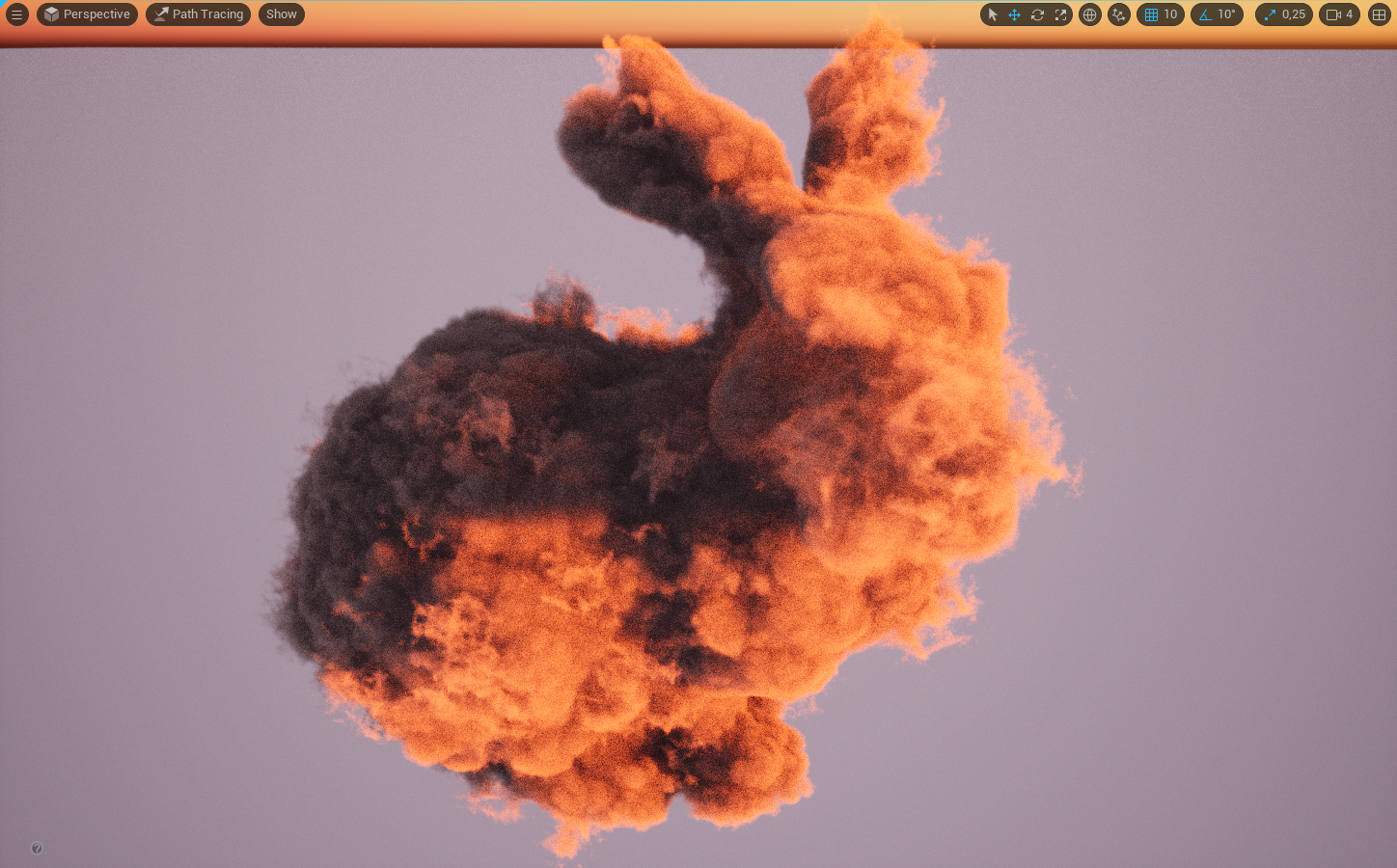BREAKING NEWS
LATEST POSTS
-
Netflix Animation’s management reboot and cancellations
https://ca.news.yahoo.com/netflix-animation-erased-executives-fired-220251819.html
Phil Rynda, whose official title is Netflix’s Director of Creative Leadership and Development for Original Animation, was let go this week, along with several of his staff, TheWrap can exclusively report and Netflix has confirmed.
-
MARCEL PICHERT – 12 Nuke Toolsets for a smarter and faster comp workflow
https://www.marcelpichert.com/post/12-toolsets-for-a-smarter-and-faster-comp-workflow
http://www.nukepedia.com/miscellaneous/m_toolsets
Efficient-Workflow Toolsets:
– degrain
– prerender
– concatenation
Keying Toolsets:
– IBK stacker
– Keying Setup Basic
– Keying Setup Plus
Projection Toolsets:
– uv project
– project warp
– project shadow
Mini Toolsets:
– rotate normals
– clamp saturation
– check comp
-
Netflix shares loss may trigger a free, ad-supported streaming
Announcing its Q1 2022 results, the streaming leader revealed that it had lost 200,000 subscribers in the quarter, prompting an investor sell-off that lopped off more than a third of the SVOD’s value in after-hours trading.
Netflix co-CEO Reed Hastings then revealed in an earnings call that the streamer would roll out cheaper ad-supported versions of its service, with plans being explored “over the next year or two.”
https://www.bbc.com/news/business-61173561
Squeezed consumers are cutting back on streaming services to save money, while some feel there is too much content to choose from amid an avalanche of competition from rivals such as Disney and Amazon.
“Netflix’s wider problem, along with the rest of the sector is that consumers don’t have unlimited funds, and that one or two subscriptions is usually enough,” said Michael Hewson, an analyst at CMC Markets.
Netflix remains the world’s leading streaming service with more than 220 million subscribers. It is increasingly producing its own content and shows such as the Crown, Bridgerton and Squid Game have been global hits.
The firm had enjoyed uninterrupted quarterly growth in subscribers since October 2011 but on Tuesday it admitted it was losing customers to rivals, while struggling to expand due to password sharing.
It also said a decision to raise prices in key markets had cost it 600,000 subscribers in North America alone, while its exit from Russia over Ukraine lost it 700,000.
-
OpenVDB and NanoVDB in Unreal Engine
NanoVDB, is NVIDIA’s version of the OpenVDB library. This solution offers one significant advantage over OpenVDB, namely GPU support. It accelerates processes such as filtering, volume rendering, collision detection, ray tracing, etc., and allows you to generate and load complex special effects, all in real time.
Nevertheless, the NanoVDB structure does not significantly compress volume size. Therefore, it’s not so commonly applied in game development.
github.com/eidosmontreal/unreal-vdb
Example file: https://lnkd.in/gMqmFwCj

-
Rez – python friendly industry standard cross-platform package, environment and versions manager
https://github.com/nerdvegas/rez
Rez is a cross-platform package manager with a difference. Using Rez you can create standalone environments configured for a given set of packages. However, unlike many other package managers, packages are not installed into these standalone environments. Instead, all package versions are installed into a central repository, and standalone environments reference these existing packages. This means that configured environments are lightweight, and very fast to create, often taking just a few seconds to configure despite containing hundreds of packages.
-
Shutter Speed and Rolling Shutter
https://www.studiobinder.com/blog/what-is-rolling-stutter
Rendering rolling shutter in Arnold
Rolling_shutter is used to simulate the type of rolling shutter effect seen in footage shot with digital cameras that use CMOS-based sensors such as Blackmagics, Alexas, REDs, and even iPhones. This method is implemented by rolling (moving) the shutter across the camera area instead of the entire image area all at the same time.
https://help.autodesk.com/view/ARNOL/ENU/?guid=arnold_user_guide_ac_cameras_html
FEATURED POSTS
-
No one could see the colour blue until modern times
https://www.businessinsider.com/what-is-blue-and-how-do-we-see-color-2015-2

The way humans see the world… until we have a way to describe something, even something so fundamental as a colour, we may not even notice that something it’s there.
Ancient languages didn’t have a word for blue — not Greek, not Chinese, not Japanese, not Hebrew, not Icelandic cultures. And without a word for the colour, there’s evidence that they may not have seen it at all.
https://www.wnycstudios.org/story/211119-colorsEvery language first had a word for black and for white, or dark and light. The next word for a colour to come into existence — in every language studied around the world — was red, the colour of blood and wine.
After red, historically, yellow appears, and later, green (though in a couple of languages, yellow and green switch places). The last of these colours to appear in every language is blue.The only ancient culture to develop a word for blue was the Egyptians — and as it happens, they were also the only culture that had a way to produce a blue dye.
https://mymodernmet.com/shades-of-blue-color-history/True blue hues are rare in the natural world because synthesizing pigments that absorb longer-wavelength light (reds and yellows) while reflecting shorter-wavelength blue light requires exceptionally elaborate molecular structures—biochemical feats that most plants and animals simply don’t undertake.
When you gaze at a blueberry’s deep blue surface, you’re actually seeing structural coloration rather than a true blue pigment. A fine, waxy bloom on the berry’s skin contains nanostructures that preferentially scatter blue and violet light, giving the fruit its signature blue sheen even though its inherent pigment is reddish.
Similarly, many of nature’s most striking blues—like those of blue jays and morpho butterflies—arise not from blue pigments but from microscopic architectures in feathers or wing scales. These tiny ridges and air pockets manipulate incoming light so that blue wavelengths emerge most prominently, creating vivid, angle-dependent colors through scattering rather than pigment alone.
(more…)




